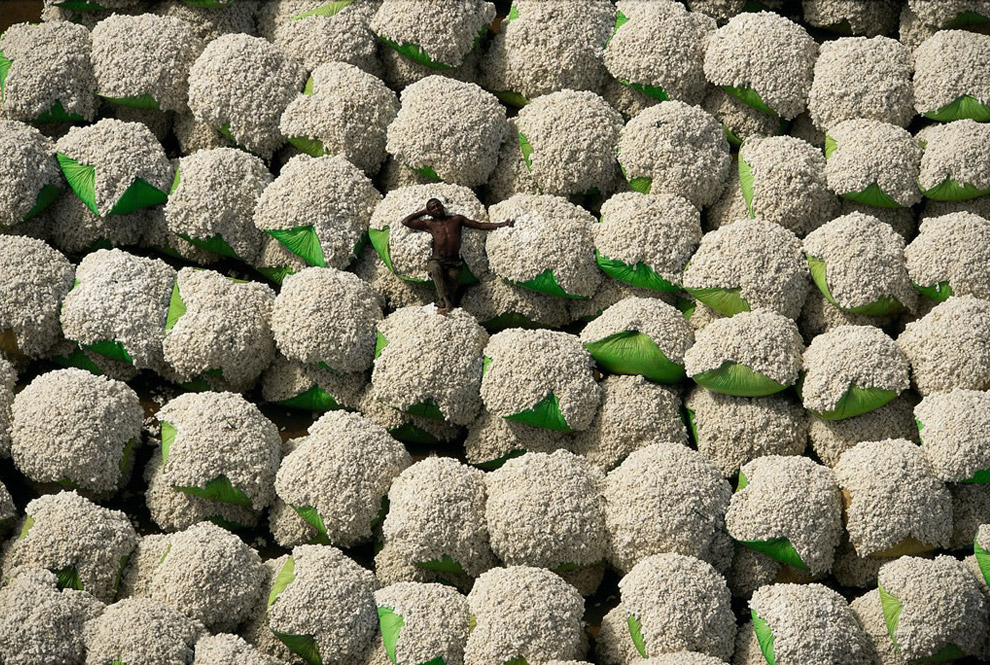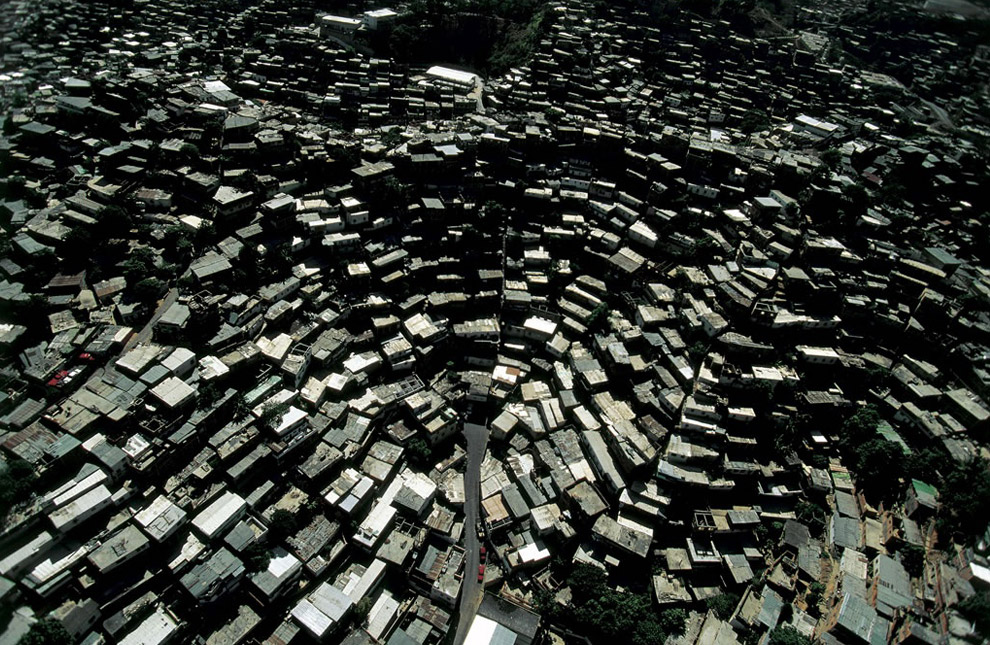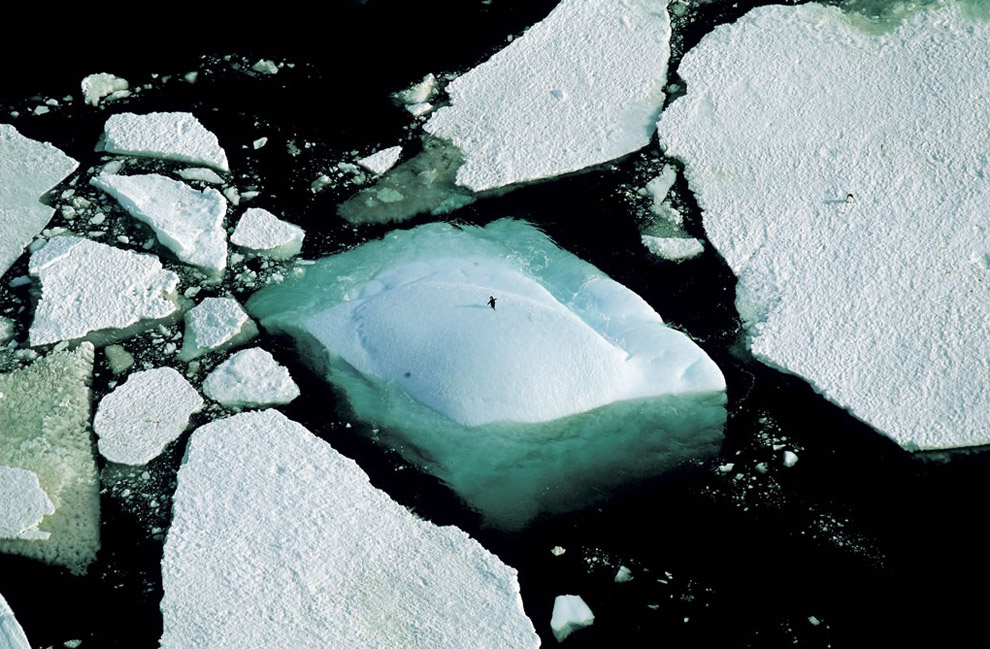wtf is geoengineering??

Geeko friendly's List: Nature
-
-
-
This, if confirmed, is really, really, really bad news:
-
The first evidence that millions of tons of a greenhouse gas 20 times more potent than carbon dioxide is being released into the atmosphere from beneath the Arctic seabed has been discovered by scientists.
-
-
-
the reports remain spotty on some critical details. Most important question: is this coming from frozen methane hydrates? If it's not, the potential release of methane could be bad, but probably something we could deal with. If it is... we're in a lot of trouble.
-
that's 50 gigatons of methane that could be released. And methane, as has been reiterated time and again, is 23 times more powerful a greenhouse gas than CO2.
-
-
Sep 24, 08
Methane in Artic
-
Underground stores of methane are important because scientists believe their sudden release has in the past been responsible for rapid increases in global temperatures, dramatic changes to the climate, and even the mass extinction of species.
-
Scientists aboard a research ship that has sailed the entire length of Russia's northern coast have discovered intense concentrations of methane – sometimes at up to 100 times background levels – over several areas covering thousands of square miles of the Siberian continental shelf.
-
-
Sep 26, 08
A fruit that turns acidic flavours into sweet ones
-
a fruit that when eaten, renders sour foods sweet.
-
Dubbed miracle fruit, this small red berry hailing from West Africa is the star performer at “flavour tripping parties” organized by Franz Aliquo in the United States. Bartenders have also been experimenting with the fruit to create new cocktails, and UK art magazine Cabinet has included it on the menu at their events.
-
what people use it for
-
-
-
-
The Namib Desert, one of the driest regions in the world, gets less than half an inch of rain per year. But early in the morning, a light fog drifts over the desert, offering the plants and animals living in that harsh environment their only chance for a life-sustaining drink.
-
Namib Desert beetle is ready with a moisture-collection system exquisitely adapted to its desert habitat. Inspired by this dime-sized beetle, MIT researchers have produced a new material that can capture and control tiny amounts of water.
-
-
-
Aiming to inspire people to think globally about sustainable living, Arthus-Bertrand has been photographing unique views of our planet, seen from the sky, since 1994
-

-
-
-
an ecosystem that contains just a single species of bacteria.
-
In all other known ecosystems, the key functions of life -- harvesting energy and elements like carbon and nitrogen from the environment -- have been shared among different species. But in the water of the Mponeng gold mine, two miles under the earth's surface, Desulforudis audaxviator carries out all of those functions by itself. In short, it's the tidiest package of life found yet.
-
!
-
-
-
-
The giant fish, one of the biggest fresh water fish in existence, may have developed an uncanny taste for human flesh after feasting on the remains of burnt corpses.
-
-
-
a high-resolution map shows where underground aquifers store vast amounts of water.
-
the result of nearly a decade of sometimes difficult talks between neighbouring governments, mediated by UNESCO. The hope is that it will help pave the way to an international law to govern how water is shared around the world.
-
-
-
Much is known about color physics and color physiology, but very little about color psychology
-
The red effect extends only to males and only to perceptions of attractiveness.
-
-
Oct 29, 08
-
14,000 new cars on the roads each day, 52,000 miles of roadways under construction, 70% of electricity generated from coal, a new coal-fired electric plant coming online nearly every week; 75% of China’s urban residents breathe polluted air which kills 750,000 people annually; 20% of water used in in urban China lost to leaky pipes.
-
Cities such as Shanghai and Tianjin have sunk six feet over the past decade and a half as precious underground water reserves are drawn down, causing skyscrapers to tilt and encouraging coastal flooding.
Yet tilting skyscrapers are the least of the cities' concerns. In Beijing, factories, buildings and underground pipelines have all been destroyed by the plundering of underground aquifers and the resultant land subsidence.
-
-
-
The assumption that time, weather, and pollution are what cause buildings to decline is only partly true. Bacteria are also responsible for the ageing of buildings and monuments – a process known as biodeterioration, where organisms change the properties of materials through their vital activities.
-
Leonila Laiz from the Institute for Natural Resources and Agrobiology in Seville, Spain, and colleagues have just isolated five new strains of bacteria that degrade old buildings.
-
-
-
The researchers have shown that rock formations called peridotite, which are found in Oman and several other places worldwide, including California and New Guinea, produce calcium carbonate and magnesium carbonate rock when they come into contact with carbon dioxide. The scientists found that such formations in Oman naturally sequester hundreds of thousands of tons of carbon dioxide a year.
-
-
-
physical evidence, backed by powerful simulations on the world’s most advanced computer climate models, is reshaping that view and lending strong support to the radical idea that human-induced climate change began not 200 years ago, but thousands of years ago with the onset of large-scale agriculture in Asia and extensive deforestation in Europe.
What’s more, according to the same computer simulations, the cumulative effect of thousands of years of human influence on climate is preventing the world from entering a new glacial age, altering a clockwork rhythm of periodic cooling of the planet that extends back more than a million years.
-
the introduction of large-scale rice agriculture in Asia, coupled with extensive deforestation in Europe began to alter world climate by pumping significant amounts of greenhouse gases — methane from terraced rice paddies and carbon dioxide from burning forests — into the atmosphere. In turn, a warmer atmosphere heated the oceans making them much less efficient storehouses of carbon dioxide and reinforcing global warming.
-
-
-
Only 10% of the earth's land is "remote": defined as more than 48 hours travel from a large city.
-
over 95% of the world's population lives on only 10% of the land.
-
-
-
the climate is an incredibly complex system, and it is unlikely we have a full overview over which factors play a part and how important each is in a given circumstance," Riisager told Videnskab.
-
















